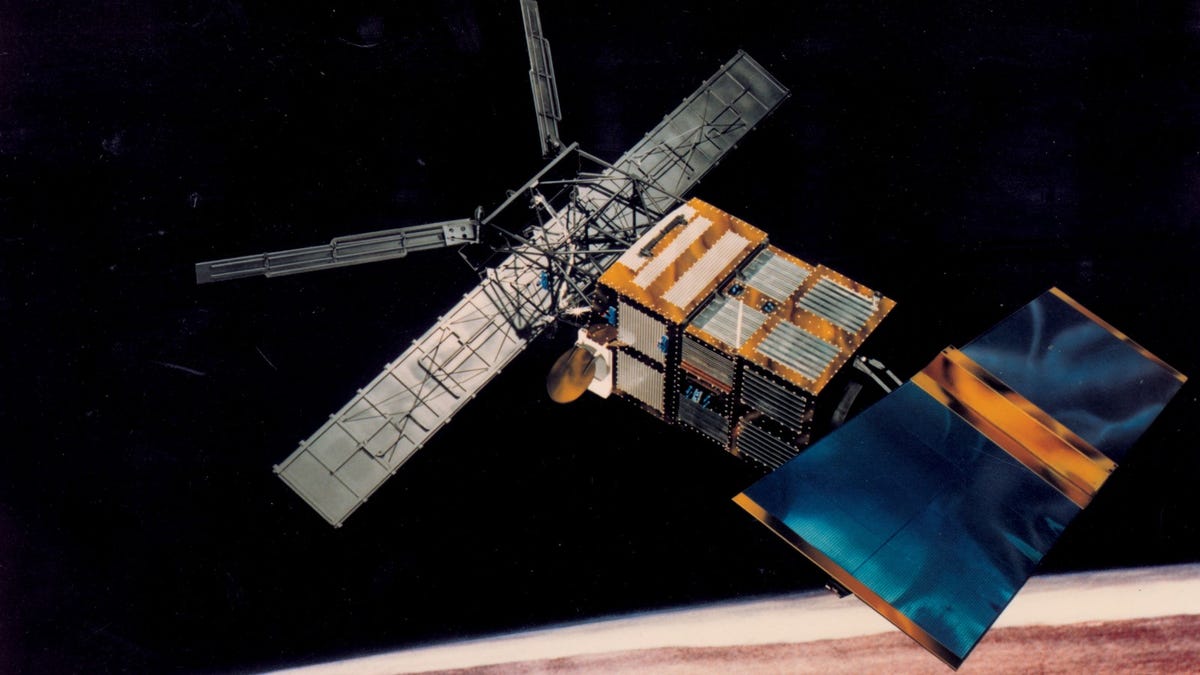It’s always exciting when there’s something fiery to observe in the night sky, whether it’s an influx of shooting stars or the possible demise of the International Space Station. Now, there’s a new extra terrestrial object to look out for, as the European Space Agency is preparing to crash a satellite the size of a Tesla back to Earth.
Catchily named the ERS-2 satellite, the craft has been in orbit above Earth since 1995. In the 29 years since its launch, it has studied sea temperatures and wind speeds on Earth to track changes to our climate. However, the craft was decommissioned back in 2011.
Now, Space.com reports that the end of the craft is nigh, as it will crash back into our atmosphere later this week in spectacular fashion. The ERS-2 satellite, which weighs roughly the same as a Tesla Model X, is predicted to fall back to Earth on Wednesday (February 21).
However, predicting exactly when it will come crashing down is proving trickier than some first thought. As the site reports:
ESA said that the re-entry [of] ERS-2 is expected to take place on Wednesday (Feb. 21) at 10:19 a.m. ET (1519 GMT), plus or minus around 19 hours. This uncertainty is due to the “influence of unpredictable solar activity, which affects the density of Earth’s atmosphere” and can therefore change how much drag pulls on the satellite on its way down, ESA wrote. It’s still too early to tell where it will come down, but we’ll have a better idea as the time of re-entry gets closer.
The craft has reportedly now burned up all its onboard fuel, so is at the mercy of gravity for its return to Earth. However, there isn’t really much to worry about with this crash landing. In fact, the European Space Agency doesn’t project that much of the satellite will actually reach the ground (or sea) later this week.
Instead, the space agency says that the aging satellite will burn up on impact. Despite weighing as much as an electric car, the ESA says that ERS-2 will break up into much smaller pieces when it reaches around 50 miles above Earth. After that, most of the chunks of space junk will burn up in the atmosphere with very few predicted to fall into the ocean.
So there’s no real need to worry about being hit by falling European space junk this week. Instead, pop your head outside and hope that you see a satellite burning up overhead, it might be cool.

